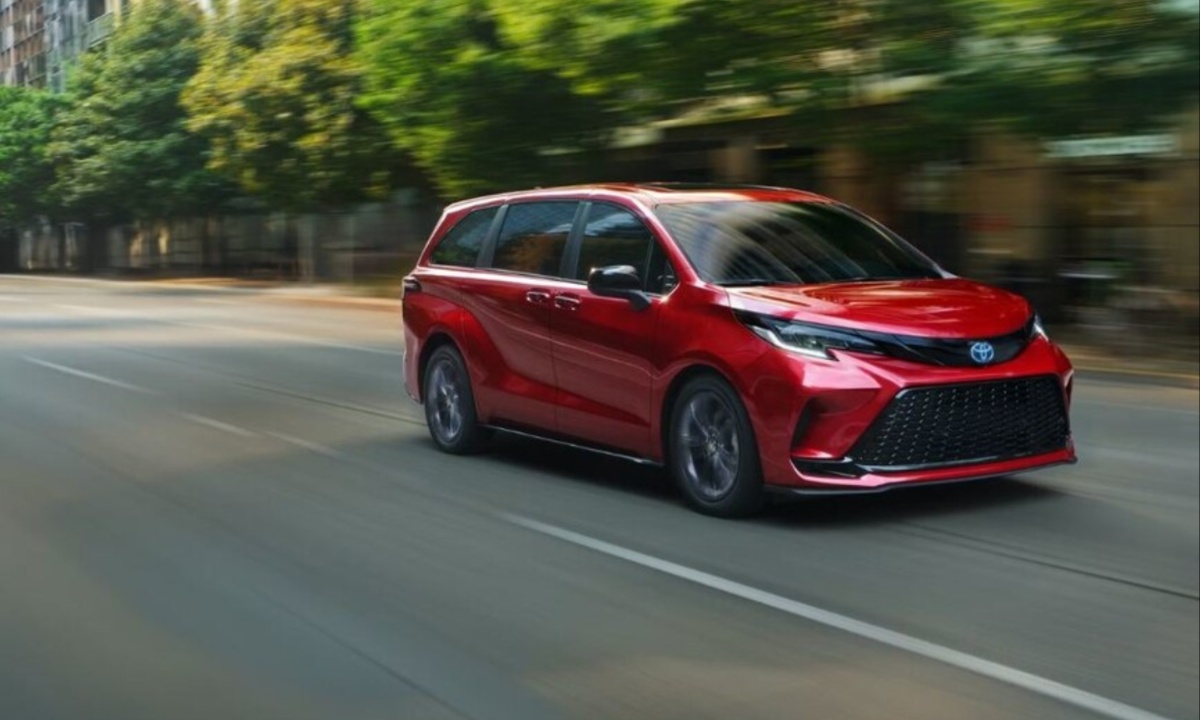Toyota is a name synonymous with reliability, durability, and engineering excellence in the automotive world. For decades, the brand has been a benchmark for consumers seeking vehicles that not only perform well but also stand the test of time. The phrase “Toyota reliability” is more than a marketing slogan—it reflects a widespread real-world experience of cars that keep running smoothly long after many competitors have faltered.
Among the many models Toyota offers, some have garnered legendary status for their ability to reach or surpass 300,000 miles with routine maintenance. These vehicles are not just machines; they become trusted companions for owners, often lasting long enough to serve multiple generations within a family or continue running strong as reliable workhorses in commercial fleets.
Their longevity is attributed to a combination of solid engineering, conservative tuning, quality manufacturing, and an emphasis on practical durability rather than flashy technology.
However, it’s important to recognize that no automaker is perfect. Even Toyota, with its sterling reputation, has produced models that have disappointed owners due to unexpected and sometimes shocking mechanical failures early in their lifespan. These models may suffer from design flaws, manufacturing defects, or issues introduced by rushed updates and new technologies that weren’t fully refined.
When such problems arise, they not only inconvenience owners but can also damage a brand’s reputation among consumers who rely heavily on Toyota’s promise of reliability. The contrast between Toyota’s long-lasting vehicles and those that fail prematurely provides a fascinating study in how engineering decisions, manufacturing quality, and maintenance practices impact a car’s longevity.
In this article, we explore two sides of Toyota’s reputation. First, we highlight five Toyota cars widely known to regularly surpass the impressive milestone of 300,000 miles, discussing the engineering traits and maintenance habits that contribute to their longevity. Then, we turn our attention to five Toyota models that have gained notoriety for breaking down much earlier than expected, analyzing the specific issues that caused their premature failures.
By understanding both the successes and shortcomings in Toyota’s lineup, consumers can make more informed choices, whether they’re buying new or used, and can better appreciate the complexity behind automotive reliability.
Through this exploration, it becomes clear that while Toyota often sets the bar for long-lasting vehicles, even the best brands face challenges. Some models have encountered design or production issues that tarnish the brand’s reputation, yet these problems do not overshadow the many Toyota vehicles that continue to deliver outstanding durability and value.
Recognizing which models excel and which to approach with caution allows drivers to avoid costly surprises and enjoy a dependable driving experience. Whether you’re a lifelong Toyota fan or simply in the market for a vehicle known for reliability, this article offers essential insights into the realities of owning a Toyota, warts and all.
Also Read: 5 Cars That Sell Fast on Facebook Marketplace and 5 That Stay Listed for Months
Table of Contents
Toggle5 Toyota Cars That Go 300K Miles
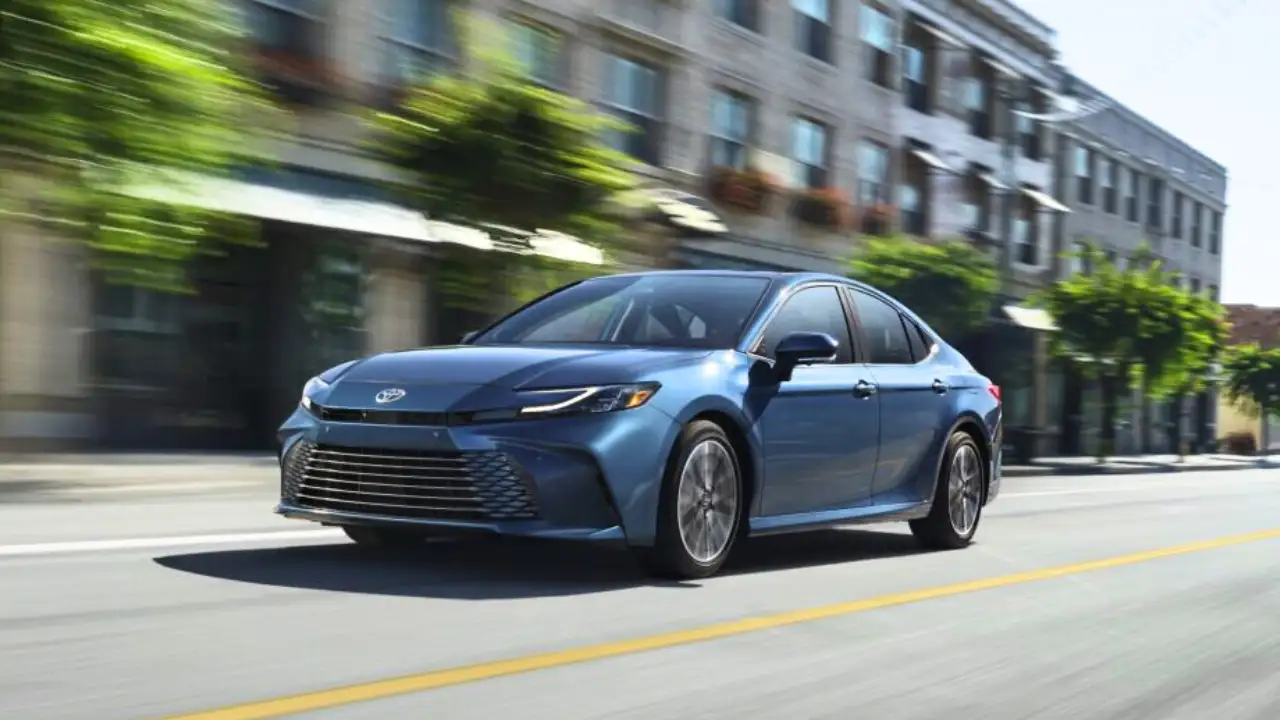
1. Toyota Camry
The Toyota Camry has built its reputation as one of the most reliable midsize sedans on the market through decades of consistent performance and sturdy construction. Its engineering philosophy focuses on producing a car that not only drives comfortably but also withstands the rigors of daily use over hundreds of thousands of miles. The 4-cylinder engines, such as the 2.4L found in early 2000s models, are widely praised for their robust design, simplicity, and longevity.
Unlike some performance-focused engines that push the limits of technology and materials, the Camry’s powertrains tend to operate well within safe mechanical parameters, allowing them to wear more slowly and endure the stresses of high mileage. This conservative engineering choice means owners often find their Camrys still running strong after 250,000, 300,000, or even 350,000 miles, with only standard upkeep.
Another critical factor contributing to the Camry’s long life is the reliability of its transmission systems. Toyota’s automatic transmissions in the Camry are often lauded for their smooth shifting and durability, particularly in models equipped with the Aisin-made automatic gearboxes. These transmissions tend to hold up exceptionally well when serviced regularly, with fluid changes and adjustments helping to prevent premature failure.
Combined with a robust suspension setup and corrosion-resistant materials, the Camry is built to maintain its structural integrity and driving dynamics well into high-mileage territory. Even the interior, which uses high-quality materials, tends to age gracefully, allowing many Camrys to remain comfortable and visually appealing despite years of use.
Finally, Toyota’s consistent updates and refinements to the Camry have only enhanced its ability to last. Newer models benefit from incremental improvements in engine efficiency, emissions technology, and onboard electronics that do not sacrifice durability. The company’s dedication to continuous improvement means that even in modern, more complex iterations, the Camry retains its core strengths.
As a result, the Camry is not just a car that lasts long—it is a car that remains relevant, functional, and efficient across decades of ownership. For families, commuters, and fleet operators alike, the Toyota Camry represents a perfect balance of reliability, comfort, and value that few competitors have matched.
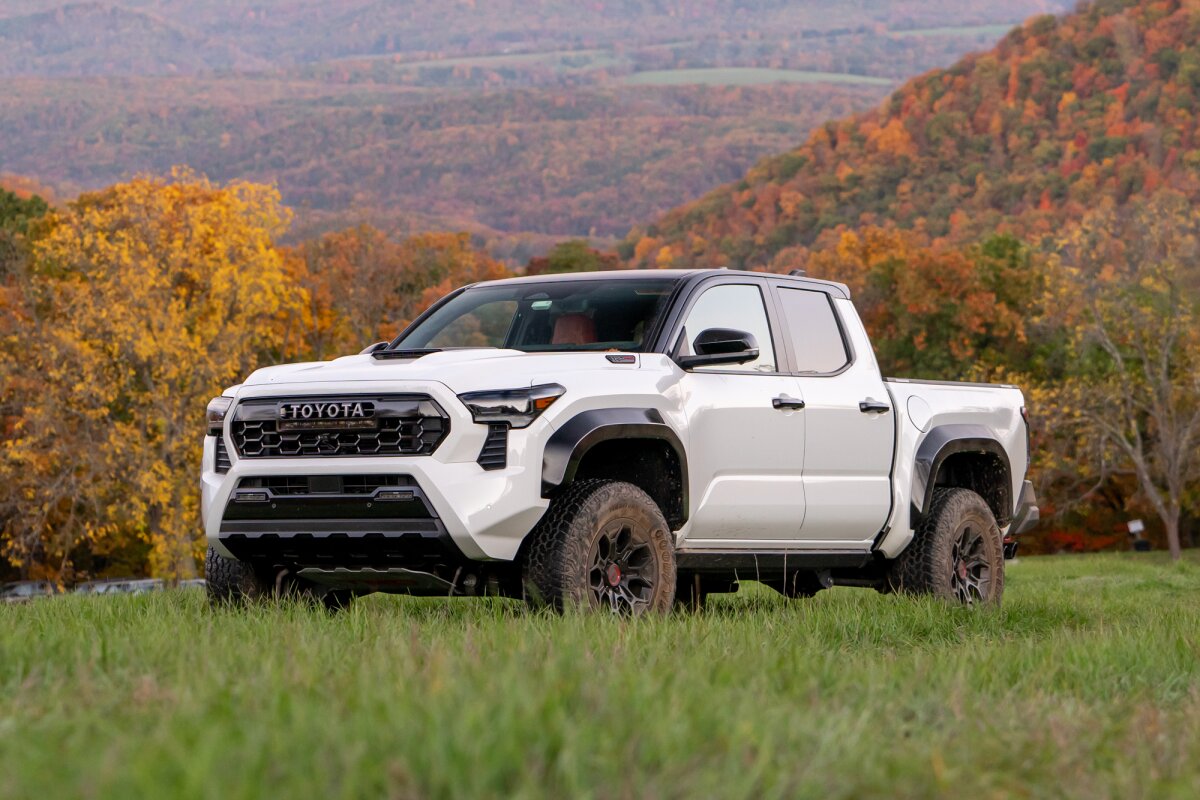
2. Toyota Tacoma
The Toyota Tacoma’s reputation as a rugged and long-lasting midsize pickup truck is well-earned, and it remains a top choice for drivers seeking a vehicle capable of enduring heavy use over many years. The Tacoma’s enduring toughness is rooted in its solid construction, which includes a sturdy ladder frame chassis designed to handle the stresses of hauling, towing, and off-road driving.
Unlike many trucks that might prioritize initial performance or flashy features, the Tacoma is built with longevity in mind. Its engines, whether the efficient 4-cylinder or the more powerful V6, are engineered to deliver reliable power without sacrificing durability. These engines are often found running strong well past the 300,000-mile mark, especially when combined with proper maintenance and timely fluid changes.
Beyond the powertrain, the Tacoma’s drivetrain and suspension components are also designed for resilience. The truck’s transmission, typically a well-regarded automatic or manual, has a reputation for withstanding extended periods of demanding use. This is especially important for owners who use their Tacomas in challenging environments, such as construction sites or rugged trails, where the vehicle must perform consistently without breakdowns.
The suspension setup is robust enough to absorb rough terrain, and the availability of off-road packages enhances the truck’s ability to maintain performance over time. Additionally, the availability of aftermarket parts and Toyota’s widespread dealership network contribute to the ease of maintenance, helping owners keep their Tacomas on the road longer.
Another important aspect of Tacoma’s longevity is the culture of ownership and community around the model. Many Tacoma enthusiasts are passionate about maintaining and upgrading their trucks, often performing routine maintenance and preventive care religiously.
This proactive approach, combined with Toyota’s well-engineered base vehicle, results in many Tacomas being passed down through generations or remaining in active use for decades. Whether used as a daily driver, a work truck, or a weekend off-roader, the Toyota Tacoma consistently proves itself as a vehicle that can take a beating and keep going, making it one of the rare trucks that earn the trust of drivers looking to reach 300,000 miles and beyond.
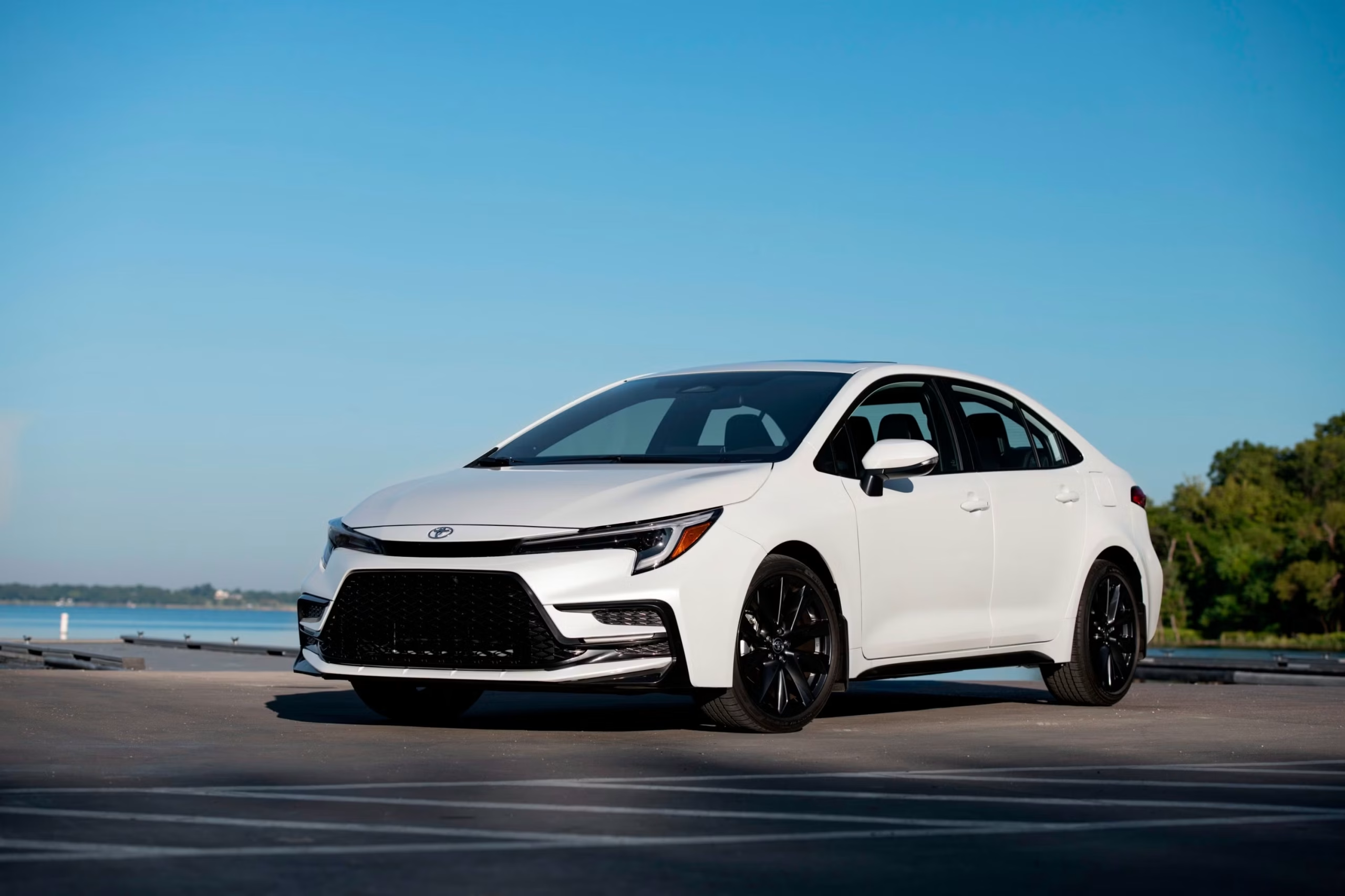
3. Toyota Corolla
Few vehicles have achieved the iconic status of the Toyota Corolla when it comes to longevity and reliability. The Corolla’s reputation as a dependable, economical car stretches back over half a century, with millions of units sold worldwide. One of the core reasons the Corolla can reach 300,000 miles is its emphasis on simple, efficient engineering that avoids unnecessary complexity.
Its inline 4-cylinder engines are designed to deliver reliable power with minimal stress on internal components. These engines typically feature durable materials and conservative tuning, which contribute to lower wear and tear over time. The Corolla’s transmissions, particularly the manual gearboxes, are known to last well when serviced properly, though even the automatic transmissions in later models have proven quite robust.
The car’s lightweight construction and aerodynamic design also help preserve engine and drivetrain components by reducing strain and improving fuel efficiency. Less fuel consumption means the engine operates more efficiently and with less carbon buildup, factors that contribute to mechanical longevity.
The Corolla’s brake system and suspension components are engineered for reliability and easy maintenance, with common parts being inexpensive and widely available. This reduces the barrier to maintaining the vehicle in good working order over hundreds of thousands of miles.
Importantly, the Corolla’s role as a reliable commuter car makes it a favorite among drivers who prioritize maintenance and care. Owners often follow Toyota’s recommended service intervals, including regular oil changes, timing belt replacements, and other routine upkeep.
This adherence to maintenance schedules ensures that many Corollas remain on the road well past the 300,000-mile mark. Furthermore, the Corolla’s consistent value retention and low cost of ownership have solidified its reputation as one of the most practical and long-lasting vehicles in the global automotive market, capable of delivering years of trouble-free service.
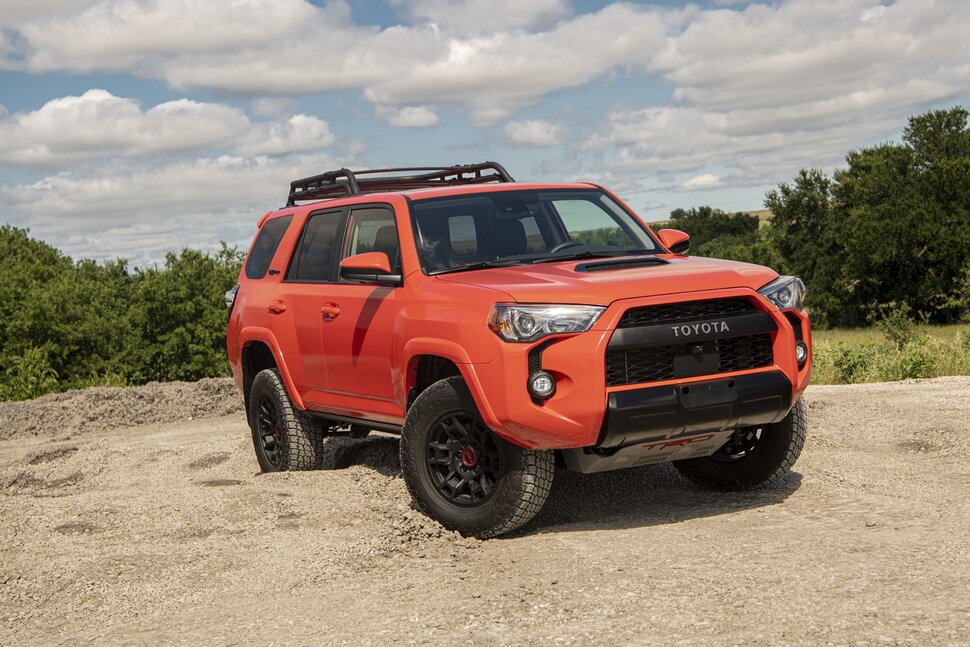
4. Toyota 4Runner
The Toyota 4Runner stands out in the SUV segment as a symbol of durability and adventure readiness. Built on a rugged, truck-based body-on-frame platform, the 4Runner’s engineering prioritizes toughness, making it an excellent candidate for drivers who demand both longevity and off-road capability.
The 4Runner’s V6 engines, especially those produced in the late 1990s and early 2000s, have earned a reputation for running strong well into high mileage, thanks in part to Toyota’s careful engineering and quality control during these years. The simplicity of the powertrain, combined with proven mechanical components, reduces the chances of early failures and expensive repairs.
In addition to the engine, the 4Runner’s drivetrain—featuring solid axles, durable differentials, and reliable automatic or manual transmissions—contributes to the vehicle’s ability to withstand rough terrain and heavy use. The suspension system is designed to absorb impacts and maintain vehicle control even on uneven surfaces, which is crucial for off-road enthusiasts who regularly push their vehicles beyond standard driving conditions.
The 4Runner also benefits from Toyota’s focus on corrosion resistance, with rustproofing treatments helping the vehicle maintain structural integrity in regions with harsh climates.
The 4Runner’s interior and features, while not always the most luxurious, emphasize practicality and longevity. Many owners appreciate the vehicle’s straightforward design, which minimizes electronic complexity and thus reduces the risk of electrical failures that can plague other SUVs.
This focus on mechanical reliability rather than high-tech gadgets means that many 4Runners continue to operate reliably for decades. The vehicle’s popularity in areas with rough terrain and the presence of a strong aftermarket support network also facilitate maintenance and repairs, making it possible for 4Runner owners to keep their vehicles running well beyond 300,000 miles.
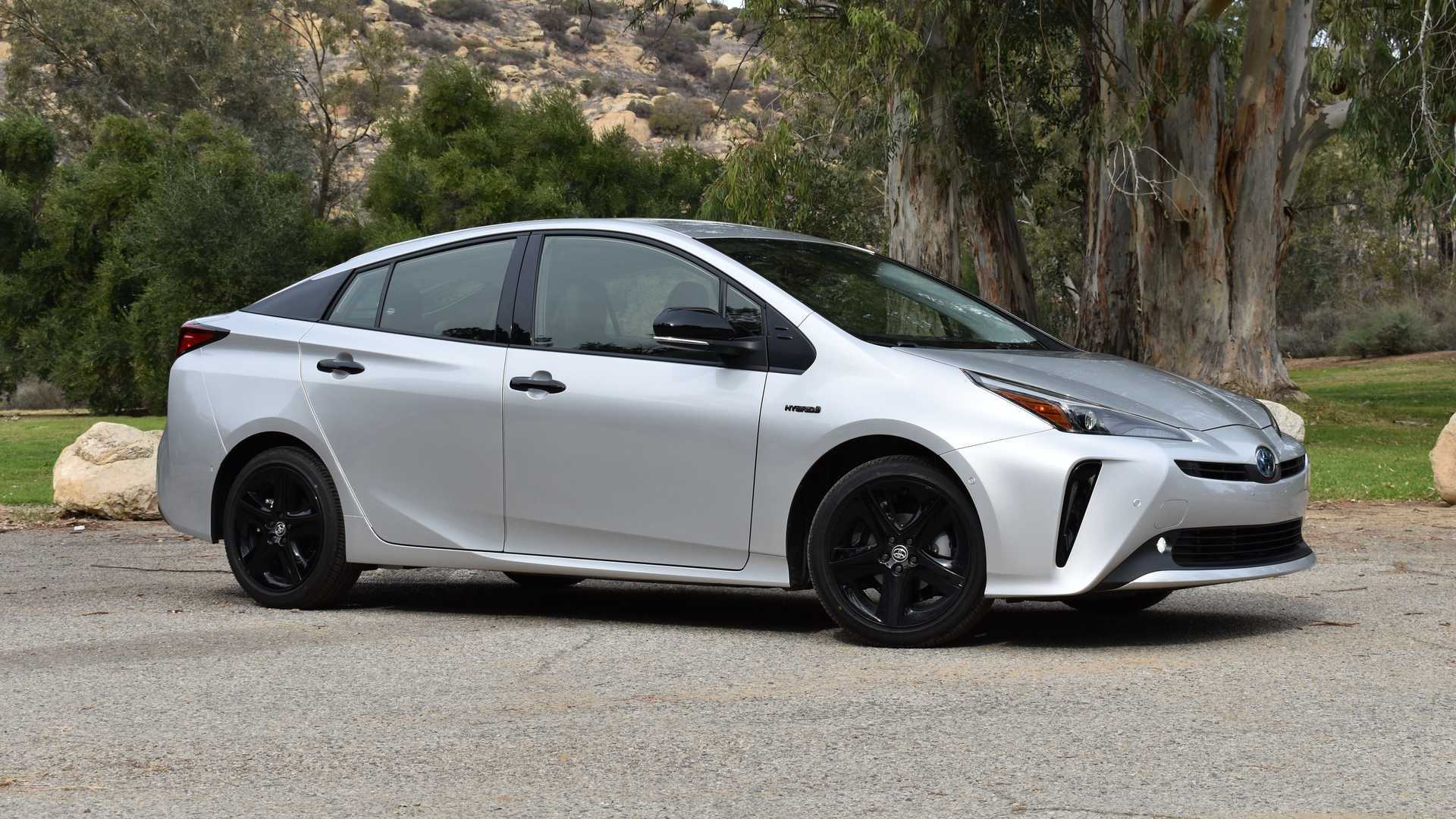
5. Toyota Prius
The Toyota Prius revolutionized the automotive industry by popularizing hybrid technology, and despite its additional complexity, it remains a standout example of longevity in hybrid vehicles. The Prius’s Hybrid Synergy Drive system, which combines a gasoline engine with an electric motor, is engineered for efficiency and durability.
The gasoline engines used in Prius models, often variants of Toyota’s reliable 4-cylinder powerplants, are designed to operate efficiently alongside the hybrid system without sacrificing durability. This synergy allows the Prius to achieve not only impressive fuel economy but also impressive longevity when properly maintained.
A critical component in the Prius’s long life is the hybrid battery pack, which has evolved significantly since the vehicle’s debut. Early models faced concerns about battery lifespan, but Toyota’s improvements in battery management and cooling systems have extended the life expectancy of these packs.
Many Prius owners report their battery packs lasting well beyond the typical 150,000-mile mark, with some exceeding 250,000 or even 300,000 miles before replacement becomes necessary. The battery pack’s modular design also allows for cost-effective repairs or replacements, which helps prolong the vehicle’s lifespan.
Additionally, the Prius benefits from Toyota’s conservative approach to electronics and hybrid integration, which emphasizes reliability over cutting-edge but unproven technology. The car’s onboard systems are designed to be durable and easy to diagnose, with fewer unexpected failures compared to some other early hybrid vehicles.
Owners who follow recommended service intervals, including inverter coolant changes and hybrid system inspections, often enjoy years of trouble-free driving. The Prius’s combination of advanced hybrid technology with Toyota’s legendary reliability makes it a unique vehicle capable of reaching 300,000 miles and redefining what longevity means for hybrid cars.
5 Toyota Cars That Break Shockingly Early
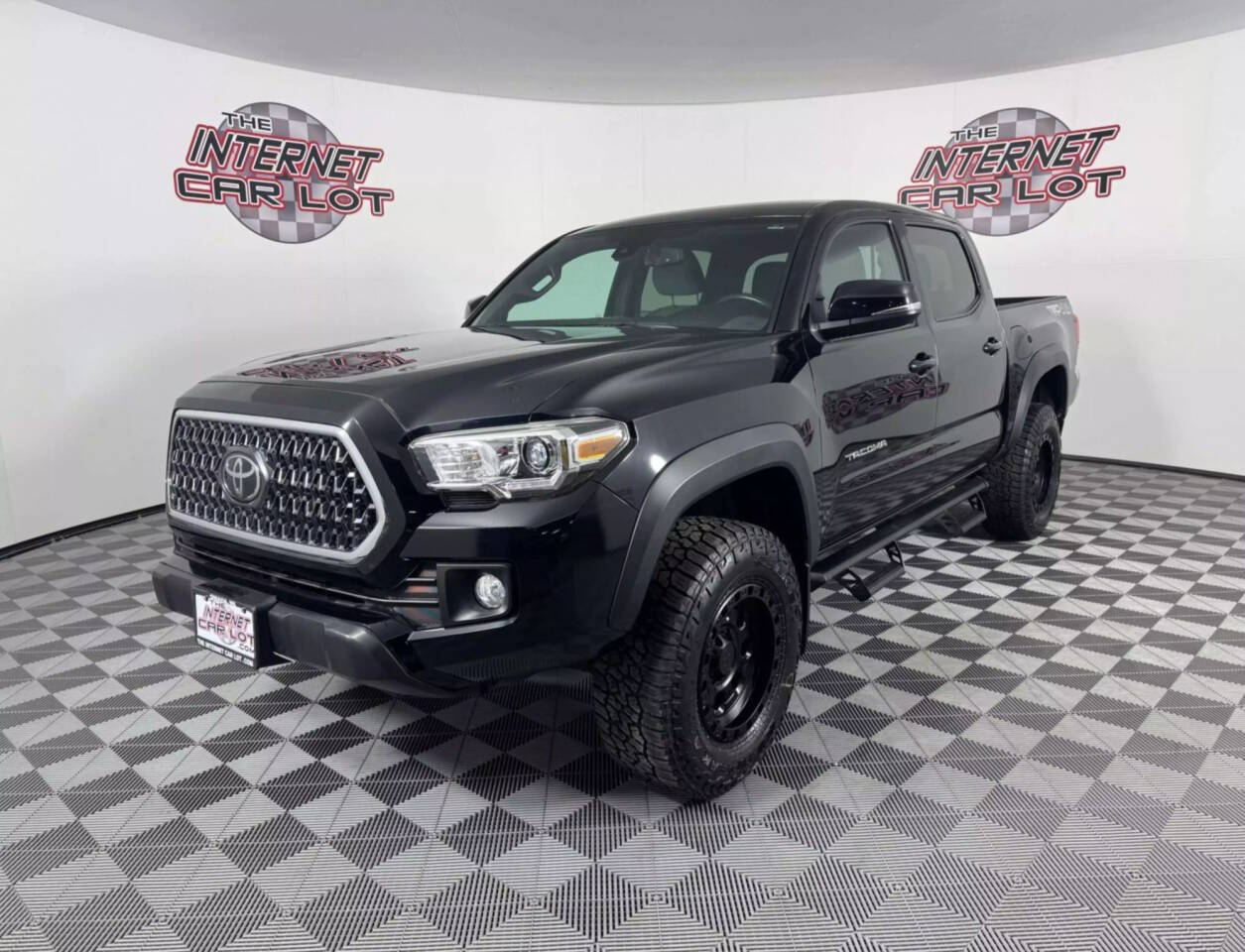
1. Toyota Tacoma (Second Generation, 2005–2015)
While the Toyota Tacoma generally enjoys a solid reputation for durability and ruggedness, the second-generation models built between 2005 and 2015 have faced significant reliability issues that caught many owners and enthusiasts off guard. One of the most glaring problems reported consistently by owners of these Tacomas involves the automatic transmission.
Unlike earlier models, where the transmission was relatively bulletproof, the 2005–2015 Tacomas have experienced premature transmission failures, sometimes as early as 100,000 to 150,000 miles. This is remarkably early for a vehicle known for longevity and has been linked to internal component wear, faulty solenoids, and issues with the transmission fluid pump. These failures often lead to costly repairs or even complete transmission replacements, leaving owners frustrated with unexpected expenses.
Moreover, the Tacoma in this generation has been criticized for its susceptibility to frame and body rust, especially in areas prone to winter road salt. Rust can develop quickly around the wheel wells, underbody, and suspension mounting points, compromising the structural integrity of the truck.
This premature corrosion is particularly troubling because it can lead to expensive bodywork and may affect the vehicle’s safety if left unchecked. Suspension components, such as bushings and ball joints, have also been reported to wear out faster than expected, causing handling issues and necessitating earlier-than-anticipated replacements.
Despite these setbacks, it’s important to note that many Tacomas from this generation do still perform reasonably well when maintained properly, but the second generation is a clear departure from the nearly bulletproof first generation. The increased complexity of the drivetrain and manufacturing changes may have contributed to these issues.
Prospective buyers and current owners should be especially vigilant about regular transmission service and rust prevention measures to maximize the lifespan of these Tacomas. This generation serves as a cautionary tale that even a model with a strong reputation can suffer from problematic production runs.
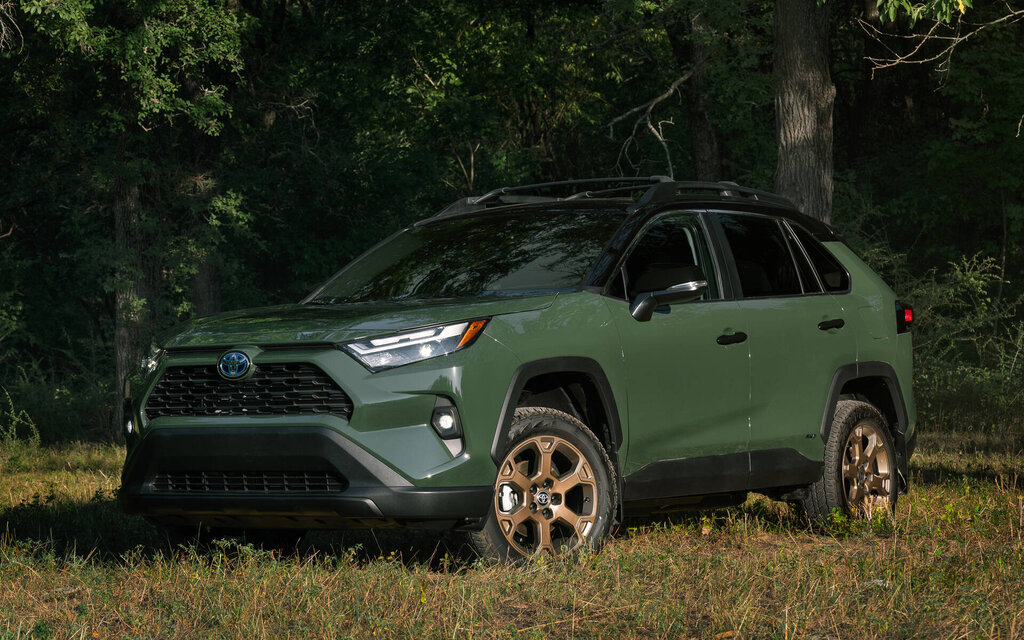
2. Toyota RAV4 (Third Generation, 2006–2012)
The third-generation Toyota RAV4 marked a significant step forward in styling and interior refinement, but unfortunately brought along a handful of mechanical and reliability concerns that shocked many loyal Toyota fans. One of the most notorious problems affecting the 2006–2012 RAV4 is transmission failure, particularly in the automatic transmission models.
Owners commonly report symptoms such as harsh shifting, slipping gears, hesitation, or complete transmission failure well before the vehicle reaches what should be mid-life mileage, sometimes occurring as early as 80,000 to 120,000 miles.
These issues have been linked to internal wear in the transmission’s valve body and torque converter, as well as insufficient cooling of transmission fluid in some cases. The cost of repairing or replacing the transmission can be prohibitive, significantly impacting the vehicle’s value and ownership experience.
In addition to transmission woes, this generation of RAV4 has been plagued by problems with the engine’s intake manifold gasket. Vacuum leaks resulting from gasket failure lead to rough idling, loss of power, and increased fuel consumption, causing the vehicle to run inefficiently.
These issues often manifest early in the vehicle’s lifespan and require gasket replacement or more extensive engine repairs if left unaddressed. Suspension components like bushings and wheel bearings are also reported to wear prematurely, resulting in unusual noises, uneven tire wear, and degraded ride quality.
The cumulative effect of these issues has damaged the third-generation RAV4’s reliability reputation, making it a model that buyers should approach with caution, especially when considering used units. While the RAV4 still offers solid utility and comfort, these mechanical vulnerabilities highlight that even popular models from top manufacturers can encounter significant durability problems during certain production runs. Ensuring thorough inspections and maintenance histories before purchase is critical to avoiding costly surprises.
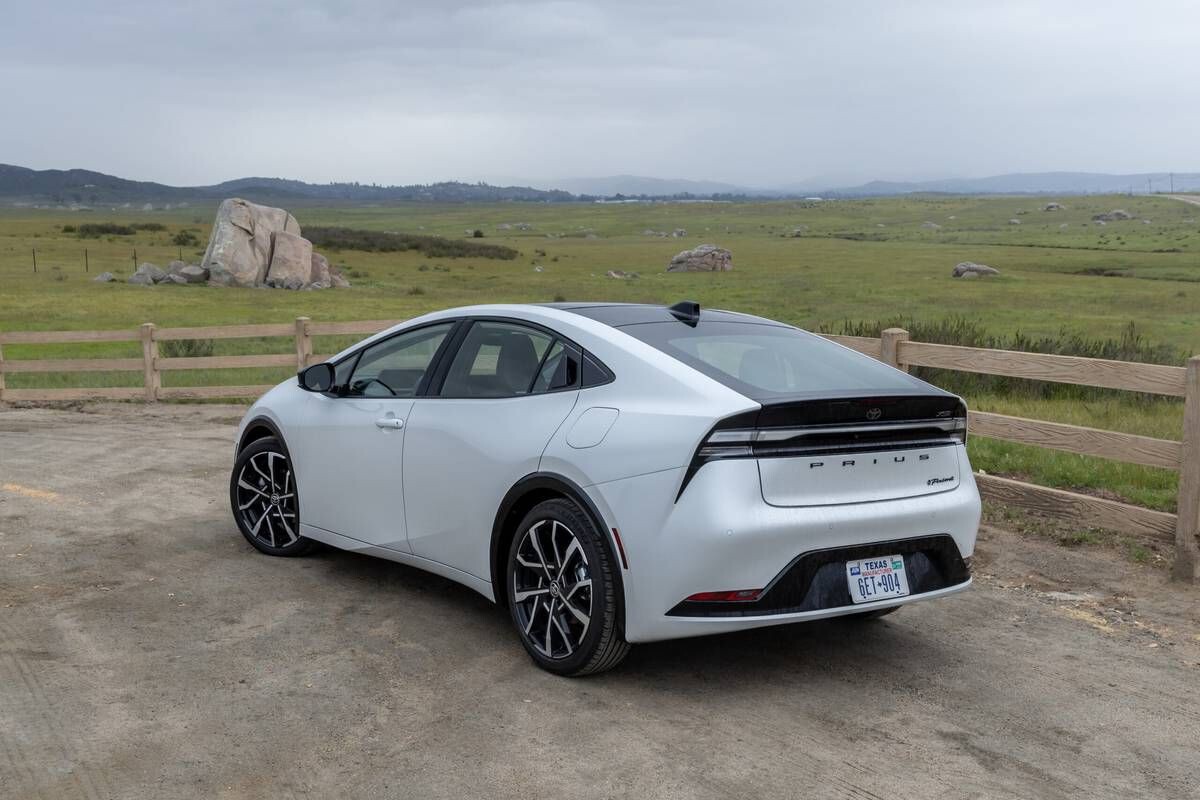
3. Toyota Prius (First Generation, 2001–2003)
The first-generation Toyota Prius, as a pioneering hybrid vehicle, faced numerous challenges and reliability concerns that would not be expected from a brand renowned for longevity. As the automotive industry’s early experiment with hybrid technology, the first-gen Prius introduced complex electrical systems and high-voltage batteries that were new to the mass market, and unfortunately, these components sometimes failed prematurely.
Battery degradation was a particularly acute problem, with many early Prius owners facing battery pack replacements as early as 100,000 to 150,000 miles. Given the cost and complexity of hybrid battery replacement, this represented a significant financial burden and a shock to drivers who expected Toyota’s typical reliability.
Additionally, the first-generation Prius suffered from early failures in its hybrid system’s power electronics. The inverter and battery control modules, which manage the energy flow between the engine and electric motor, occasionally malfunctioned or failed outright, leading to reduced performance, warning lights, and costly repairs. These electronics were relatively new technology at the time and had yet to reach the maturity and refinement seen in later hybrid models.
Beyond the hybrid system, the first-gen Prius experienced glitches with its dashboard displays, software bugs, and occasional problems with the regenerative braking system, which added to the vehicle’s complexity and potential failure points.
While these issues were somewhat expected given the vehicle’s trailblazing status, they remain disappointing for owners who anticipated Toyota’s usual reliability. Despite these problems, the first-generation Prius paved the way for improved hybrid technology, and many of its reliability issues were resolved in subsequent generations.
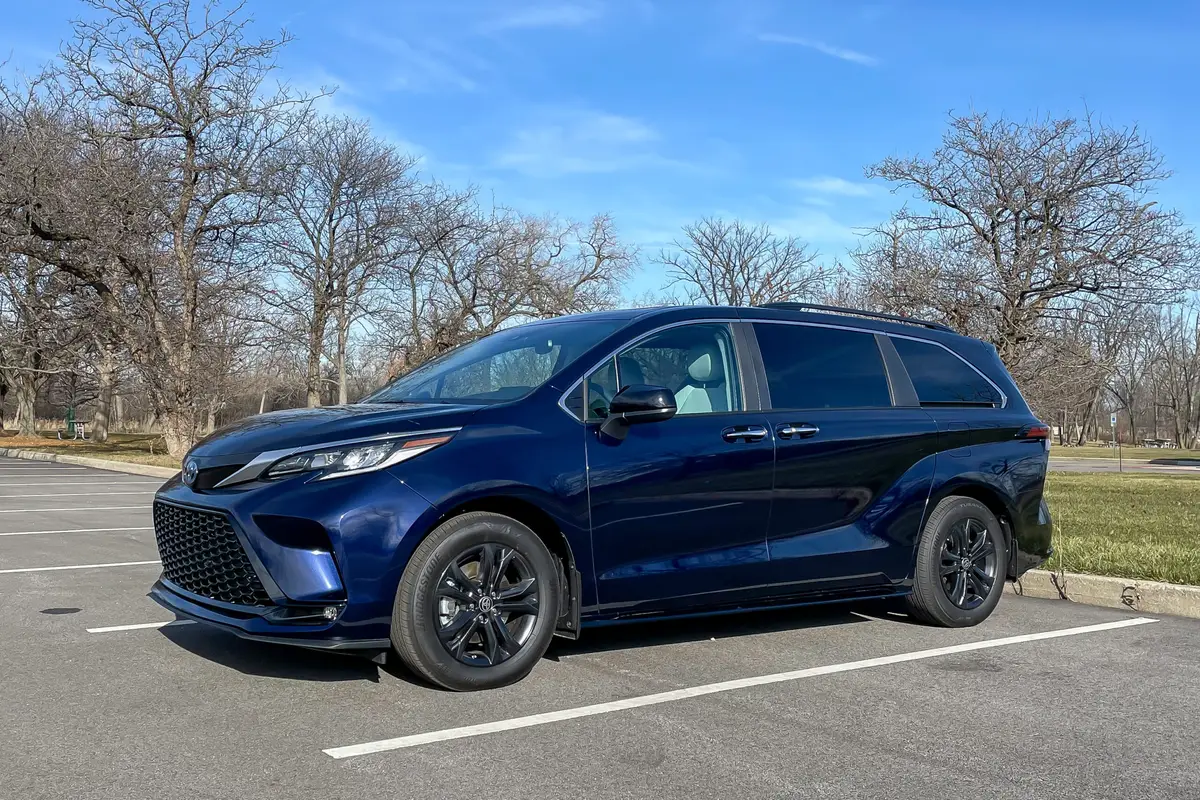
4. Toyota Sienna (Third Generation, 2011–2020)
The third-generation Toyota Sienna minivan is generally regarded as a practical and reliable family vehicle, but it has faced several issues that contribute to earlier-than-expected breakdowns in some examples. One of the most significant concerns involves the transmission.
Many Sienna owners report premature transmission failures or rough shifting behavior, with symptoms manifesting around 100,000 to 150,000 miles, far earlier than the typical longevity expected from Toyota vehicles. Problems with the transmission’s valve body and solenoids can cause hesitation, slipping, or even complete failure, resulting in costly repairs or replacements that diminish the vehicle’s value and reliability perception.
In addition to transmission troubles, some Sienna models have exhibited issues with the electronic throttle body, which can cause hesitation during acceleration or a rough idle. This problem often leads to decreased drivability and can trigger check engine lights, prompting expensive diagnostics and repairs.
Owners have also noted premature wear in suspension and steering components, including ball joints and control arm bushings, requiring replacements sooner than anticipated, which adds to maintenance costs.
Though the Sienna offers a comfortable ride and practical features for families, these mechanical concerns mean that potential buyers should carefully evaluate the maintenance history and condition of any used vehicle.
Regular transmission service and prompt attention to drivability issues are essential to prolonging the life of the third-generation Sienna. While it remains a solid minivan choice, its issues remind owners that even well-regarded vehicles can have problematic model years.
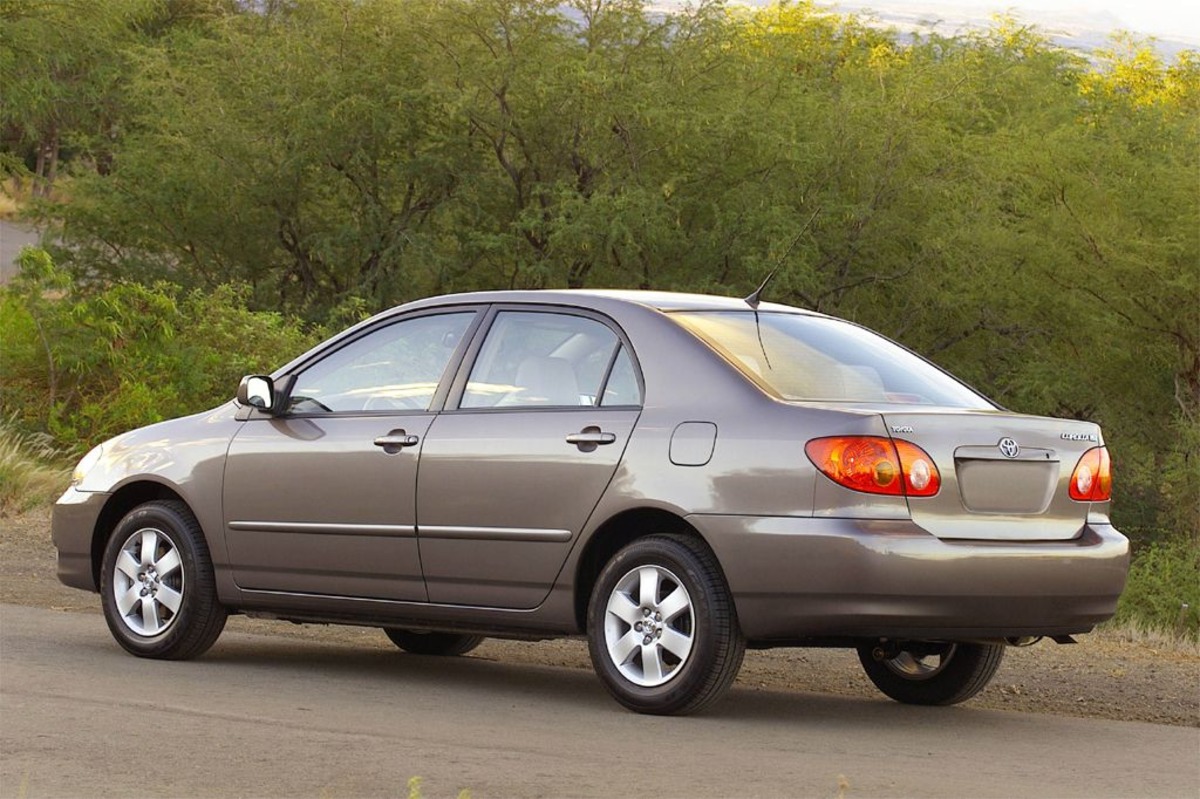
5. Toyota Corolla (Early 2000s Models)
The Toyota Corolla’s general reputation as a reliable and long-lasting compact car is undeniable, but some early 2000s models, particularly those produced around 2003 to 2005, are exceptions that have raised eyebrows. These Corollas have been reported to suffer from premature engine wear issues that can significantly reduce their lifespan.
One of the main concerns is the early degradation of the valve seals and timing chain tensioners. Valve seal wear causes increased oil consumption and blue smoke from the exhaust, leading to loss of power and engine performance. If not addressed early, this wear can culminate in more severe engine damage, potentially requiring costly rebuilds or replacements.
Timing chain tensioner problems are another source of early engine failure in this period’s Corollas. A failing tensioner can cause the timing chain to become loose or skip teeth, resulting in poor engine timing, misfires, or catastrophic engine failure.’
These failures often manifest before 150,000 miles, a shockingly early point for what is supposed to be a bulletproof engine design. Additionally, automatic transmission failures have been reported in some early-2000s Corolla models, with rough shifting and transmission slippage leading to early replacements.
Although many Corollas from this era remain on the road and continue to provide reliable service, these particular issues mean that buyers should exercise caution when purchasing early-2000s used Corollas. Early detection and repair of valve seal and timing chain problems can extend the vehicle’s life, but neglecting these symptoms often leads to premature breakdowns that tarnish the Corolla’s otherwise stellar reputation.
Also Read: 5 Cars Where Minor Repairs Total Over $1,000 And 5 That Stay Manageable
Toyota’s legacy as a maker of durable, reliable vehicles is well-earned and remains one of the strongest pillars of its global reputation. Models such as the Camry, Tacoma, Corolla, 4Runner, and Prius demonstrate how thoughtful engineering, rigorous quality standards, and a commitment to practical design can produce vehicles that consistently surpass the 300,000-mile mark.
These cars and trucks are testaments to Toyota’s ability to blend innovation with tried-and-true mechanical principles that prioritize longevity over fleeting trends. Owners who maintain these vehicles according to recommended schedules often find themselves with dependable transportation well beyond what is typical in the automotive world, highlighting Toyota’s unique position as a brand that truly values durability.
However, the story of Toyota’s reliability is not without exceptions. The presence of models like the second-generation Tacoma, third-generation RAV4, early Prius hybrids, certain Sienna minivans, and some early-2000s Corollas reveals that even industry leaders face hurdles.
Whether due to rushed technology integration, design flaws, or issues with specific components such as transmissions and electronic systems, these vehicles serve as cautionary examples of how reliability can be compromised. Their early failures underscore the importance of rigorous testing, continuous improvement, and attentive maintenance. For prospective buyers and current owners alike, understanding these pitfalls can help prevent unexpected repair costs and extend the useful life of their vehicles.
What emerges from this dual examination is a nuanced appreciation of automotive reliability. Toyota’s strengths lie not just in building cars that last but in learning from past mistakes and improving subsequent models.
The company’s ongoing commitment to refining its powertrains, chassis, and hybrid systems reflects a willingness to evolve without sacrificing the core values of durability and quality. This balance between innovation and reliability continues to drive Toyota’s success, ensuring that many of its vehicles will keep running long after the warranty expires.
For consumers, this means that buying a Toyota is generally a wise choice when seeking longevity and peace of mind. Yet, it also means that doing thorough research, especially when considering used models, is crucial. Being aware of which Toyota vehicles have historically encountered problems allows buyers to make smarter decisions and maintain their cars more effectively.
Ultimately, Toyota’s legacy is not just about miles traveled, but about the trust built between a manufacturer and its drivers. As the brand continues to innovate and expand its lineup, that trust remains the foundation on which Toyota’s reputation for reliability will be built for decades to come.

